Dipentaerythritol
Synonym(s):2.2′[Oxybis(methylen)]bis[hydroxymethyl)]-1,3-propandiol;Dipentaerythritol
- CAS NO.:126-58-9
- Empirical Formula: C10H22O7
- Molecular Weight: 254.28
- MDL number: MFCD00004691
- EINECS: 204-794-1
- SAFETY DATA SHEET (SDS)
- Update Date: 2025-01-27 09:38:02
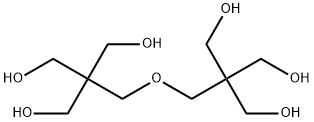
What is Dipentaerythritol?
Description
Dipentaerythritol, also known as 2,2-[oxybis(methylene)- bis[2-hydroxymethyl]-1,3-propanediol, is a byproduct of pentaerythritol production. Because of its low solubility in water (0.22 g/ 100 g H2O at 20 ℃ and 10.0 g/100 g H2O at 100 ℃) it can be separated from pentaerythritol by fractional crystallization. The yield can be increased by changing the ratio of formaldehyde/ acetaldehyde towards stoichiometric. Adding pentaerythritol before starting the reaction also increases the yield. An effective method is to use acrolein instead of acetaldehyde. Dipentaerythritol can be produced intentionally from pentaerythritol by acid catalysis. Dipentaerythritol is purified as a coproduct by many pentaerythritol producers.
Chemical properties
white crystalline powder
The Uses of Dipentaerythritol
2,2''-(Oxybis(methylene))bis(2-(hydroxymethyl)-propane-1,3-diol) is used in preparation of new type of explosion-proof and flame-retardant tape material for cables.
What are the applications of Application
Dipentaerythritol (DPE) is an attractive raw material used for the production of polyesters, polyethers, polyurethanes, alkyd resins, photosensitive resin film. DPE is also employed in a wide range synthesis of specialty chemicals such as lubricants, coatings, adhesives, plasticizers and cosmetics.
Preparation
Dipentaerythritol is obtained as a byproduct in the manufacture of pentaerythritol; it is separated by fractional distillation. 
Dipentaerythritol (DPE) has been prepared from a slurry of Pentaerythritol (PE) in sulfolane catalyzed by a low amount of sulfuric acid and was isolated with 16% yield (72% GPC purity) and 57% isolated selectivity.
synthesis of dipentaerythritol from pentaerythritol under acidic conditions
What are the applications of Application
PVC stabilizers based on calcium – zinc carboxylates use micronized dipentaerythritol as costabilizer to improve the thermal stability of PVC during processing. This system grows fast in economic significance at the expense of leadbased stabilizers due to environmental reasons. Micronized dipentaerythritol is also used in intumescent paints. Synthetic lubricants are another important application for dipentaerythritol. The C5 – C10 esters are used as lubricants in jet engines and refrigerators. Rosin esters made from dipentaerythritol have a higher softening point than rosin esters from pentaerythritol.
Flammability and Explosibility
Not classified
Properties of Dipentaerythritol
| Melting point: | 215-218 °C (lit.) |
| Boiling point: | 356°C |
| Density | 1.36 g/cm3 (20℃) |
| vapor pressure | <0.00001 hPa (20 °C) |
| refractive index | 1.4455 (estimate) |
| storage temp. | Store below +30°C. |
| solubility | 2.4g/l |
| form | Crystalline Powder |
| pka | 13.38±0.10(Predicted) |
| color | White |
| PH | 5 (2g/l, H2O, 20℃) |
| Water Solubility | 0.29 g/100 mL (20 ºC) |
| Sensitive | Hygroscopic |
| CAS DataBase Reference | 126-58-9(CAS DataBase Reference) |
| NIST Chemistry Reference | 1,3-Propanediol, 2,2'-[oxybis(methylene)]bis[2-(hydroxymethyl)-(126-58-9) |
| EPA Substance Registry System | Dipentaerythritol (126-58-9) |
Safety information for Dipentaerythritol
| Signal word | Warning |
| Pictogram(s) |
 Exclamation Mark Irritant GHS07 |
| GHS Hazard Statements |
H315:Skin corrosion/irritation H319:Serious eye damage/eye irritation H335:Specific target organ toxicity, single exposure;Respiratory tract irritation |
| Precautionary Statement Codes |
P261:Avoid breathing dust/fume/gas/mist/vapours/spray. P305+P351+P338:IF IN EYES: Rinse cautiously with water for several minutes. Remove contact lenses, if present and easy to do. Continuerinsing. |
Computed Descriptors for Dipentaerythritol
| InChIKey | TXBCBTDQIULDIA-UHFFFAOYSA-N |
New Products
3-Iodophenylacetic acid 3-Pyridineacetonitrile, α-hydroxy- 2-Propanamine, 1-chloro-, hydrochloride (9CI) 3-(hexyloxy)-4-(pyridin-3-yl)-1,2,5-thiadiazole 2-Hexyn-1-ol Dibenzo-18-crown-6 Nickel(II) perchlorate hexahydrate, 98% 4-Bromophenylacetonitrile, 95% 3-Bromo-4-fluoroaniline, 97% Sodium tetraborate decahydrate, 98% Palladium(II) acetate, trimer, Pd 99% 4-Bromo-2-chlorotoluene, 97% N N Dimethylformamide Dimethyl Acetal (Dmf Dma) 2,3-Dichloro Benzoyl Cyanide [Side Chain] Bis(2-Chloroethyl) Amine Hydrochloride L-Glutamic Acid Diethyl Ester Hydrochloride 5-(Difluoromethoxy)-2-Mercaptobenzimidazole 1-Ethyl-3-(3-Dimethylaminopropyl)-Carbodiimide Hydrochloride [EDC Hcl] 1,4-Napthoquinone Bromoiodomethane Sodium Bicarbonate Methylene Dichloride (MDC) Ethyl Acetate Indole-3-Carbinol (I3C)Related products of tetrahydrofuran
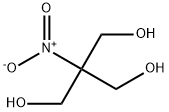

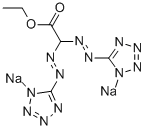
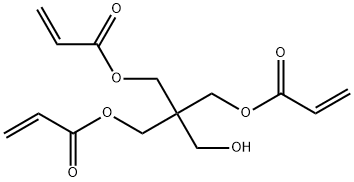

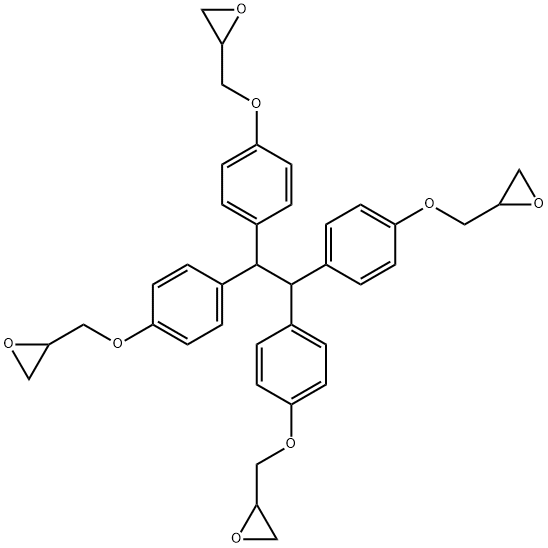

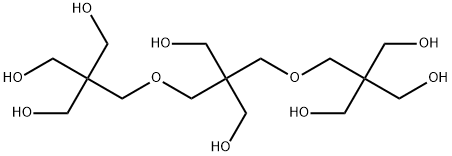
You may like
-
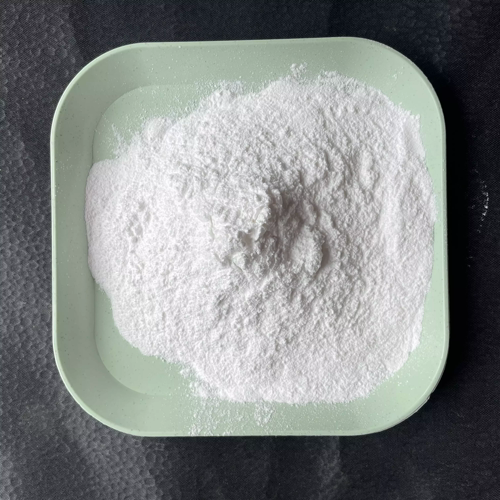 126-58-9 Dipentaerythritol 98%View Details
126-58-9 Dipentaerythritol 98%View Details
126-58-9 -
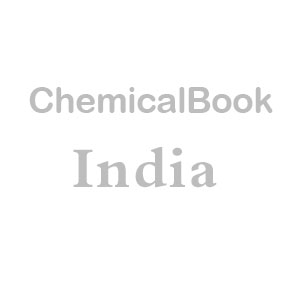 Dipentaerythritol CAS 126-58-9View Details
Dipentaerythritol CAS 126-58-9View Details
126-58-9 -
 Dipentaerythritol CAS 126-58-9View Details
Dipentaerythritol CAS 126-58-9View Details
126-58-9 -
 Dipentaerythritol CAS 126-58-9View Details
Dipentaerythritol CAS 126-58-9View Details
126-58-9 -
 17604-74-9 3-Pyridineacetonitrile, α-hydroxy- 98+View Details
17604-74-9 3-Pyridineacetonitrile, α-hydroxy- 98+View Details
17604-74-9 -
 Cyclohexane, (2-propynyloxy)- 67967-07-1 98+View Details
Cyclohexane, (2-propynyloxy)- 67967-07-1 98+View Details
67967-07-1 -
 3-Iodophenylacetic acid 1878-69-9 98+View Details
3-Iodophenylacetic acid 1878-69-9 98+View Details
1878-69-9 -
 132945-75-6 (S)-1-Boc-3-methanesulfonyloxy-pyrrolidine 98+View Details
132945-75-6 (S)-1-Boc-3-methanesulfonyloxy-pyrrolidine 98+View Details
132945-75-6
